New data shows 45% of Americans report experiencing déjà vu at least once a month, according to a recent survey. This eerie sensation of reliving a moment can disrupt daily life, leaving many unsettled. But experts say embracing mindfulness peace could be the key to turning that confusion into calm. By staying present, people are finding ways to ground themselves amid these fleeting echoes of the past. In 2025, with stress levels soaring, this approach is gaining traction across the U.S., offering a simple path to inner stability.
What Triggers Déjà Vu?
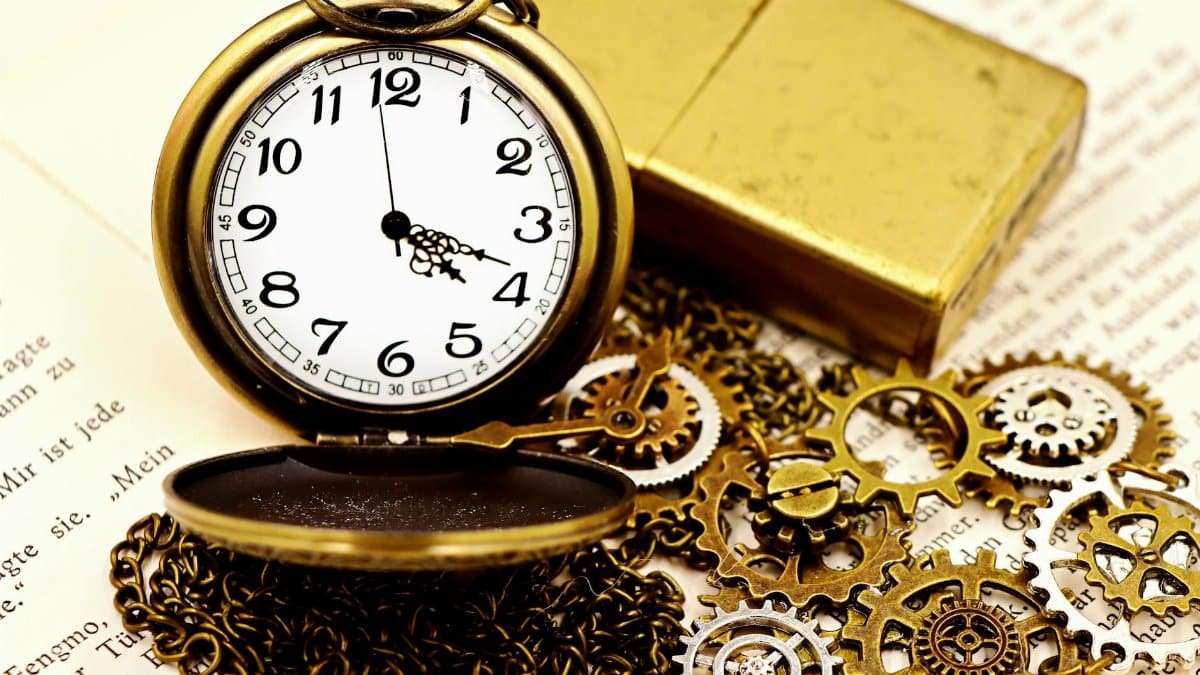
Déjà vu hits when your brain glitches, mistaking the new for the familiar. Neurologists explain it as a mix up in memory processing. A study from the University of Colorado found that fatigue and stress amplify these episodes. In busy cities like New York, where life moves fast, people report more instances. Understanding this can reduce the anxiety it causes. Instead of panicking, recognize it as a harmless brain quirk.
The Science Behind the Sensation

Research links déjà vu to the temporal lobe, where memories form. When signals cross, you feel like history is repeating. A 2023 report from NCBI details how this occurs in healthy brains. It’s not psychic, just neurology at work. For many, this knowledge demystifies the experience, paving the way for calmer reactions.
How Mindfulness Helps
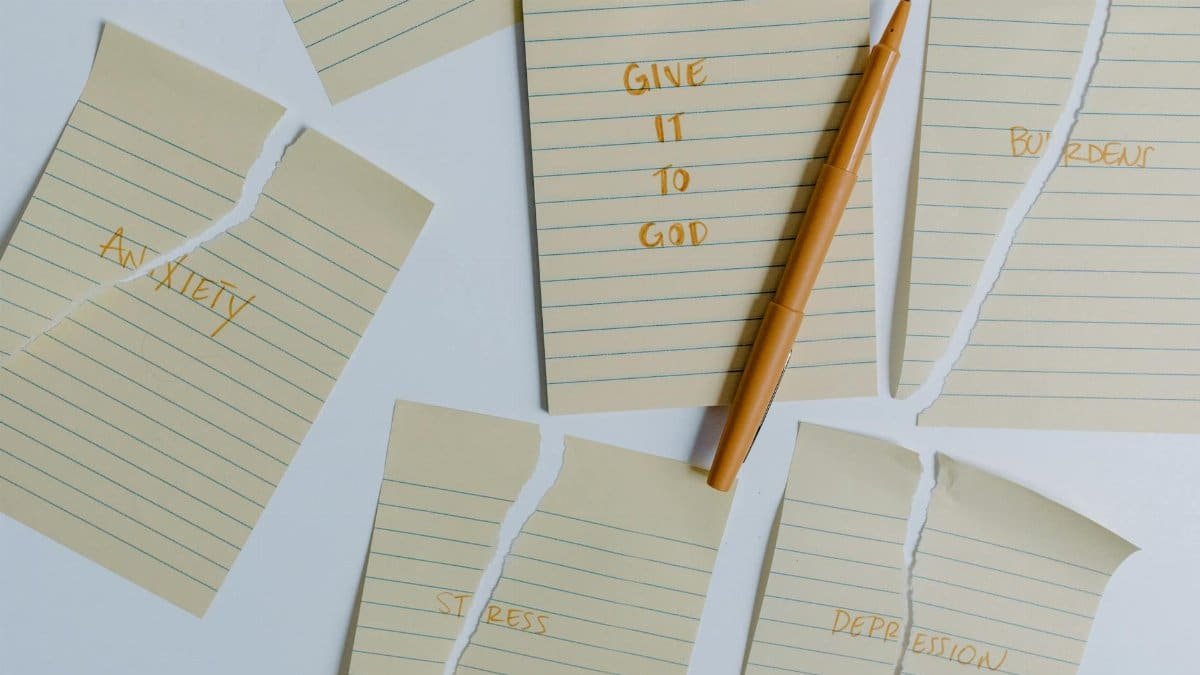
Mindfulness peace involves tuning into the now, which counters déjà vu’s disorientation. Practitioners breathe deeply, observing thoughts without judgment. This technique, rooted in ancient practices, is now backed by modern science. In the U.S., apps and classes are booming, helping users reclaim control over fleeting mental lapses.
Real Stories from Everyday People
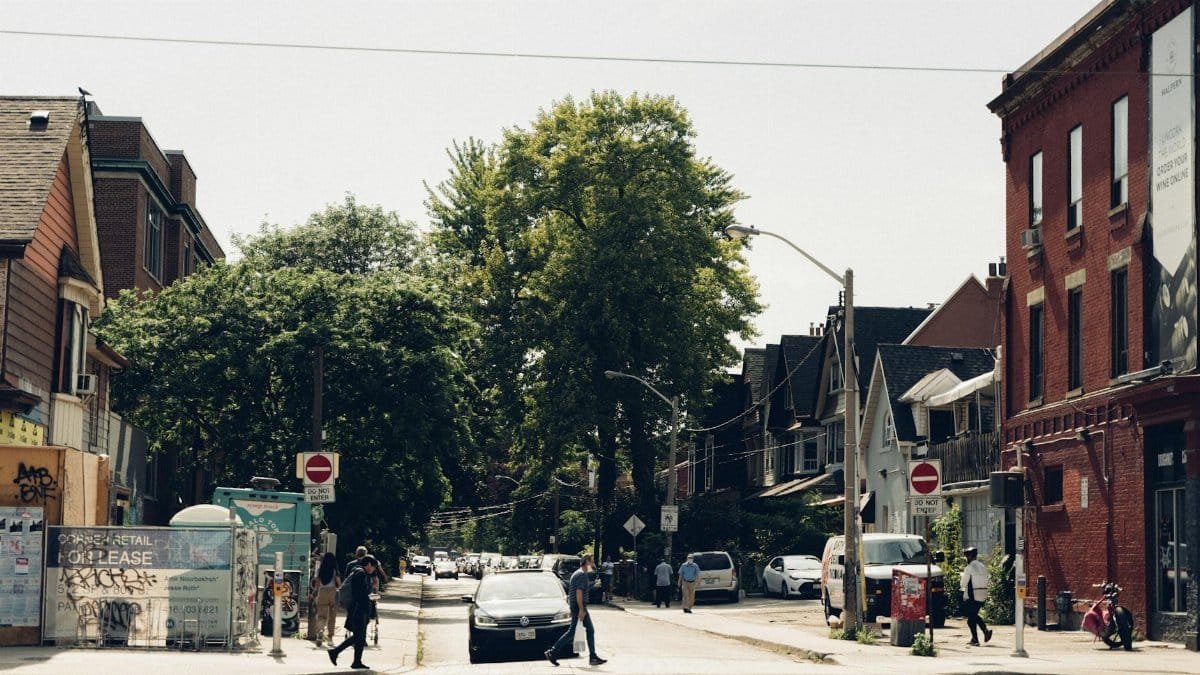
Take John from Chicago, who used to freeze during déjà vu moments at work. After starting a mindfulness routine, he says it feels less like a trap and more like a passing cloud. Similar accounts flood online forums. A Pew Research survey notes 30% of adults tried mindfulness in 2024, with many citing reduced mental fog as a benefit. These snapshots show it’s not just theory.
Practical Steps to Achieve Mindfulness Peace
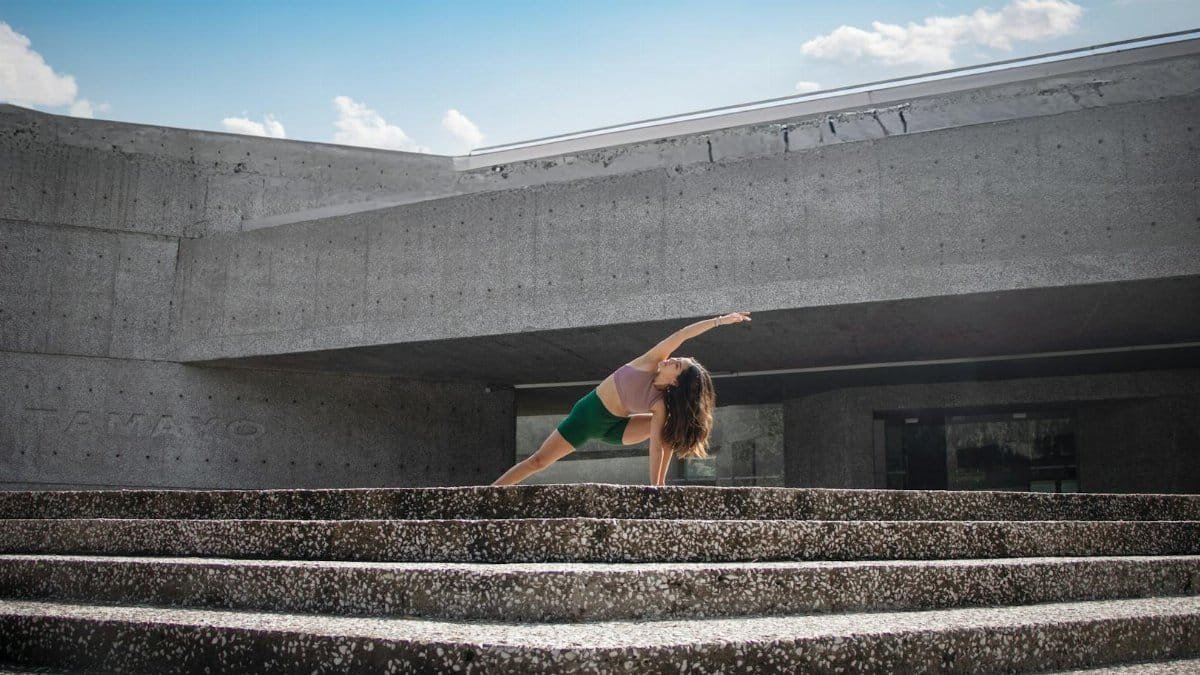
Start small: Set aside five minutes daily for focused breathing. Sit quietly, inhale for four counts, exhale for four. When déjà vu strikes, acknowledge it and return to your breath. Experts recommend journaling these episodes to spot patterns. In 2025, workplaces are incorporating these breaks, boosting productivity and peace.
Challenges in Maintaining Presence

Not everyone nails mindfulness right away. Distractions from phones and daily chaos make it tough. Some feel frustrated when déjà vu persists despite efforts. Therapists advise patience, noting it builds over time. A study by Harvard Medical School highlights how consistent practice rewires the brain for better resilience. Persistence pays off.
The Broader Impact on Mental Health
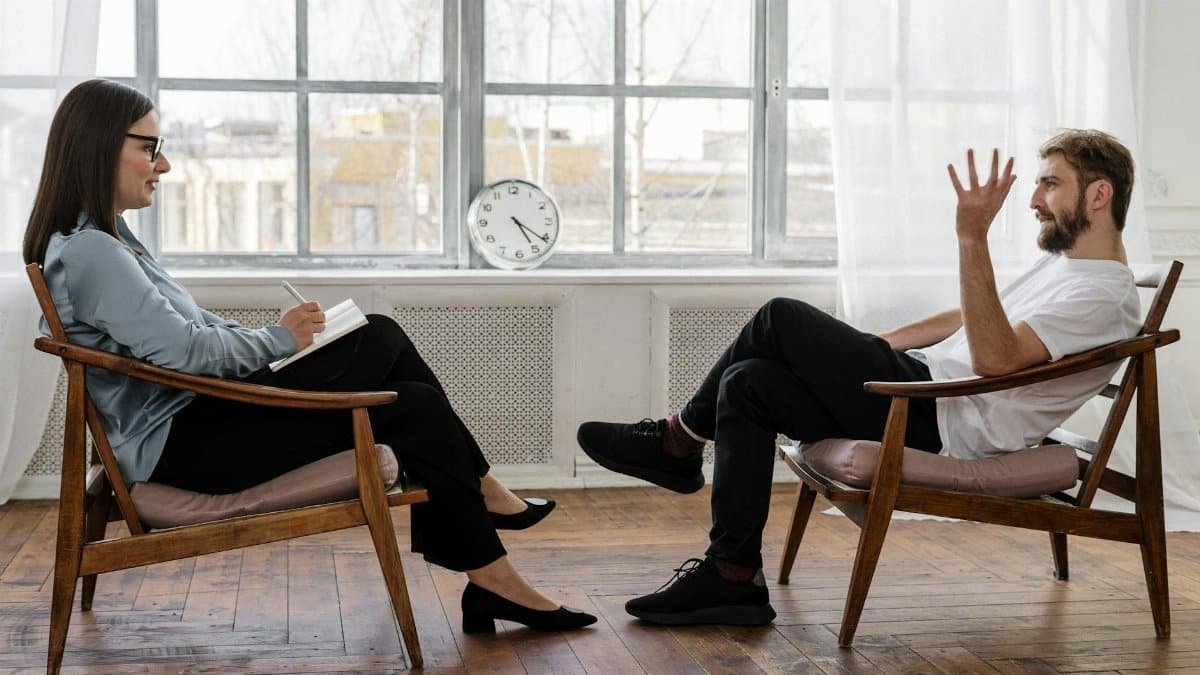
Beyond déjà vu, mindfulness peace tackles anxiety and depression. U.S. health trends show rising adoption amid post pandemic stress. The CDC reports improved well being scores for regular practitioners. By fostering self awareness, it helps people stop running from uncomfortable feelings, leading to deeper tranquility.
Expert Insights on Long-Term Benefits

Psychologist Dr. Elena Ramirez states, “Mindfulness peace isn’t about erasing déjà vu; it’s about not letting it derail you.” Her views align with findings from American Psychological Association. Over time, users report fewer intense episodes and greater emotional balance. In 2025, this could reshape how Americans handle mental glitches.
Integrating It into Daily Life

Make mindfulness peace routine: Pair it with coffee breaks or commutes. Urban dwellers in Los Angeles are joining park sessions, blending it with nature. Apps track progress, making it accessible. As trends evolve, expect more community programs emphasizing this for collective calm.
Looking Ahead: Mindfulness in 2025
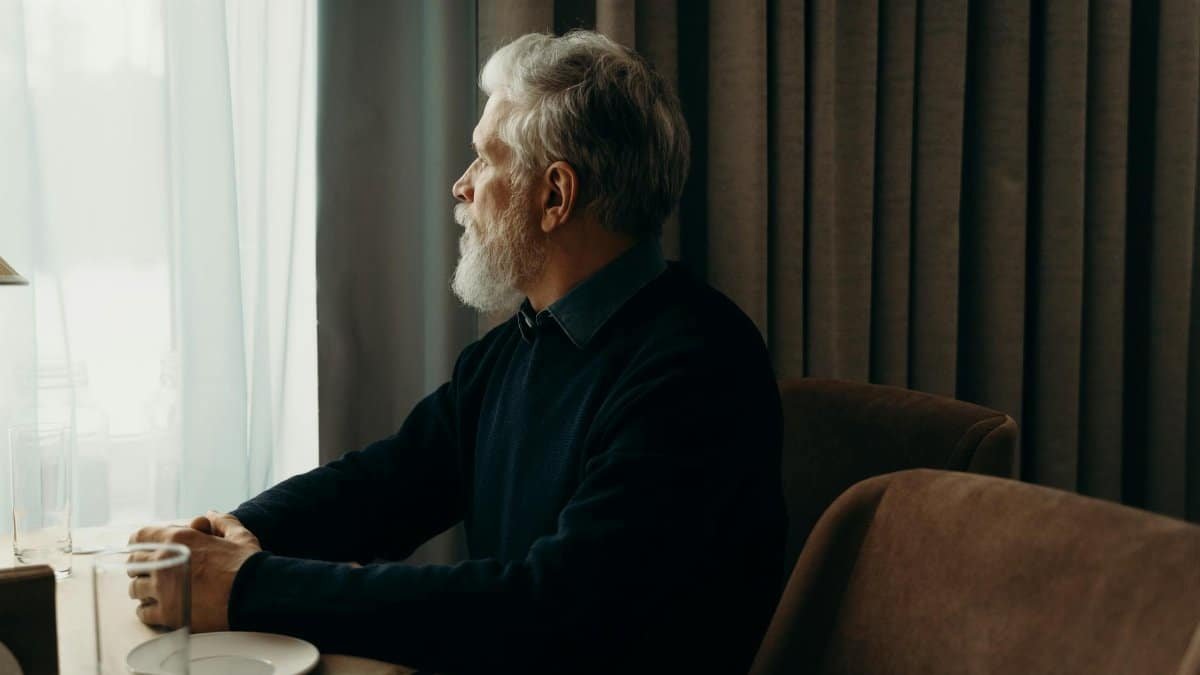
With remote work persisting, mindfulness peace is set to surge. Forecasts predict 50% of U.S. adults engaging by year’s end. It offers a buffer against life’s repetitions, turning potential distress into opportunities for growth. Embracing it now could mean a more grounded future.
